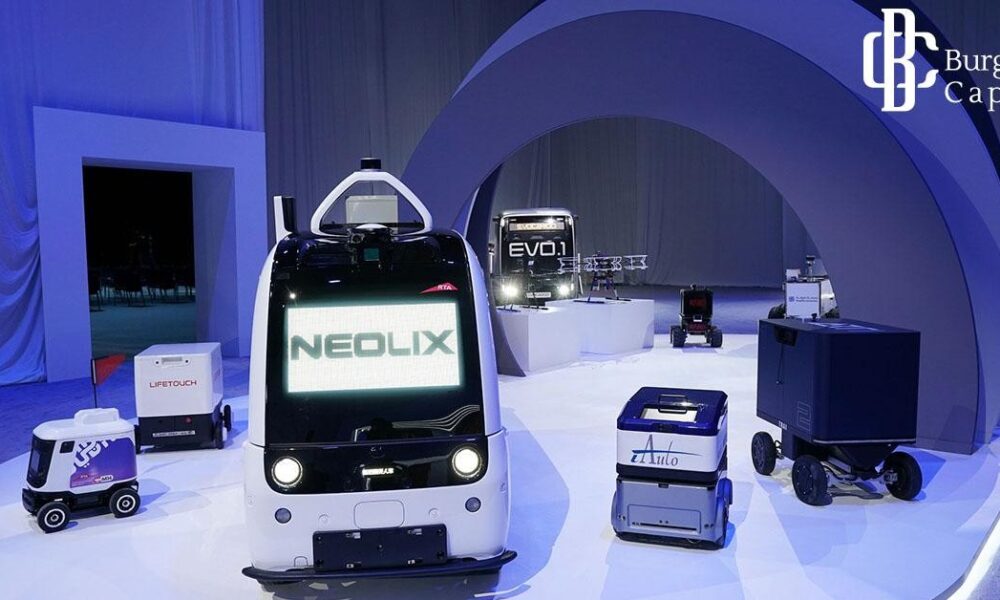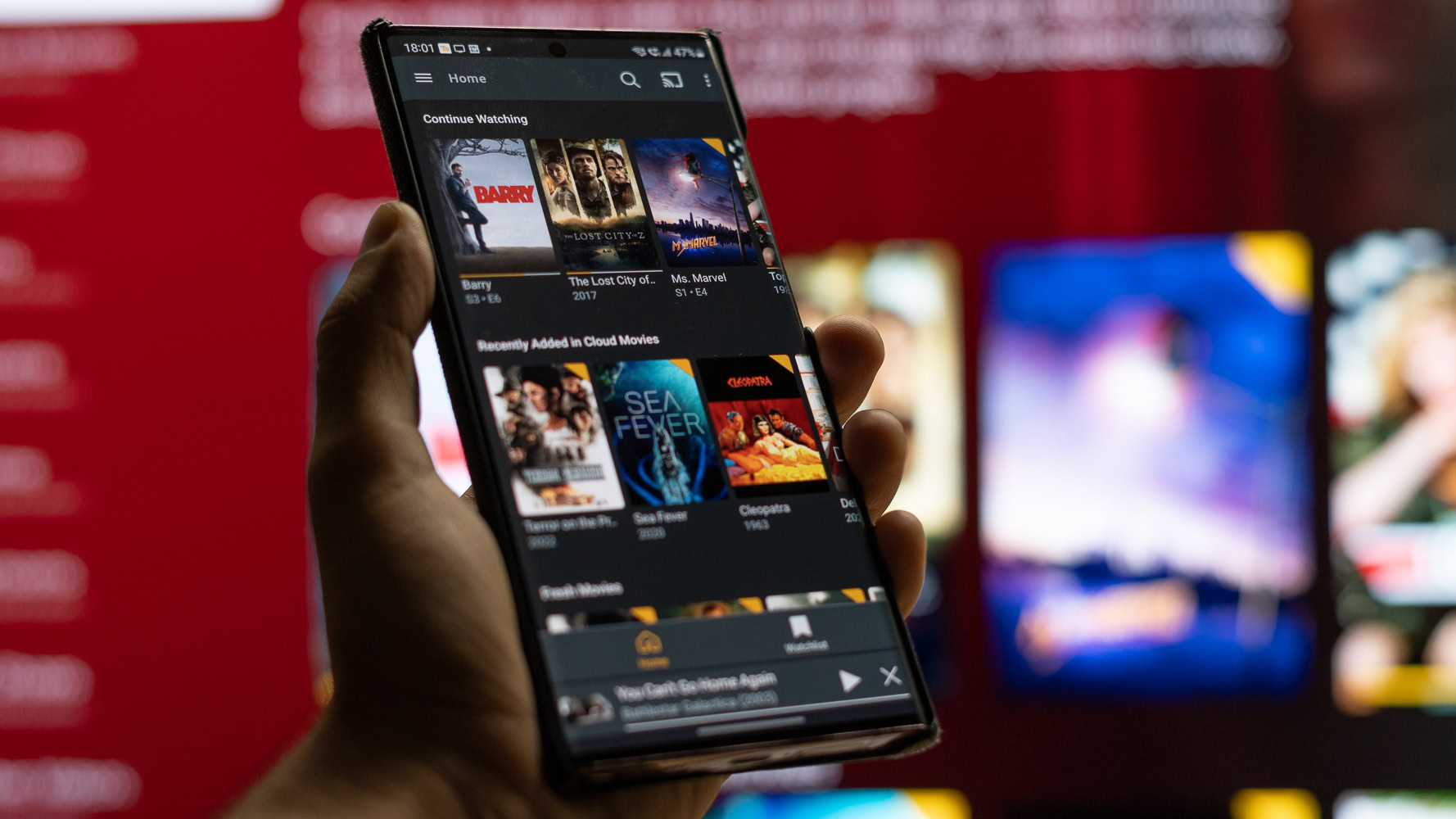The Transportation Security Administration (TSA) was founded in 2001 and has since gone on to become a staple of air travel in the United States. Over the last two decades, the agency has introduced cutting-edge equipment to analyze everything from passenger identification to luggage and personal items that enter security checkpoints. The TSA also maintains a list of items and electronics banned from both carry-on bags and checked bags, with rules evolving as new technologies and security threats emerge.
While most travelers focus on what’s currently banned or which TSA electronics rules have changed this year, there is a small handful of items that used to be banned by the TSA, but aren’t anymore. Today, we’re going to focus on these common products and devices, which include liquids, printer cartridges, and personal electronics larger than a smartphone. There’s an interesting story to go along with each of these bans, so without further ado, let’s dig into the details.
Liquids, gels, and aerosols
Close to two decades ago, there was a period of time when the country was forced to travel without certain toiletries and related products — the reason: A foiled terrorist attack at London’s Heathrow Airport in August 2006. The perpetrators had targeted 10 transatlantic flights, and their improvised explosive devices (IEDs) of choice were liquid bombs disguised to look like sodas. Fortunately, British authorities were able to catch on to the plot, and in response, the TSA decided to ban all liquids, gels, and aerosols in carry-on baggage.
By September 2006, these restrictions would be reduced to what we now know as the TSA’s 3-1-1 rule: Liquids, gels, and aerosols must be in 3.4-ounce containers or smaller, all 3-1-1 liquids must be packed into one quart-sized bag, and passengers are limited to one bag each. To address COVID-19 concerns, the TSA modified this ban in March 2020, allowing for one liquid hand sanitizer up to 12 ounces per passenger carry-on. But as of May 12, 2023, the TSA reverted to its regular 3-1-1 requirements.
Printer ink and toner cartridges
Back in October 2010, British and United Arab Emirates authorities intercepted two IEDs placed on two separate cargo flights bound for the U.S. The explosives were stashed inside printer ink cartridges, and authorities determined the IEDs were meant to detonate mid-flight. The TSA responded to this incident in November 2010 by banning all printer ink and toner cartridges over 16 ounces in carry-on and checked bags. The restriction applied to both international flights inbound to the U.S. and domestic flights. Air cargo shipments to the U.S. from Yemen and Somalia were also suspended for a time.
Printer and toner cartridges are no longer banned and are allowed to be packed in carry-on and checked bags. Thanks to the introduction of the TSA’s computed tomography (CT) technology – and other security advancements — the bag scanners used to scan your luggage became much better at homing in on hidden explosives and other dangers. While the ban has been lifted, ink and toner cartridges may still be subject to stricter screenings, especially for units that are larger than 16 ounces.
Personal electronics larger than a smartphone
March 2017 saw a sudden TSA “emergency amendment” that banned personal electronics larger than a smartphone from being stored in a carry-on. But the order only applied to nine airlines that flew out of 10 airports throughout the Middle East and Northern Africa. Some of the airlines included Royal Jordanian, EgyptAir, and Turkish Airlines, which operated close to 50 direct flights to the U.S. on a daily basis.
The decision was made because the U.S. government believed that a terrorist organization was planning to store explosive devices inside consumer tech products. By July 2017, the U.S. started to reduce the severity of these restrictions, beginning with the allowance of laptops for Emirates and Turkish Airlines flights. On July 20, 2017, the entire ban was lifted.
This was a hot-button issue at the time, mainly because the temporary bans raised concerns about personal data, item damage, and theft. Fortunately, international advancements in screening tech were implemented and remain in effect to this day.












